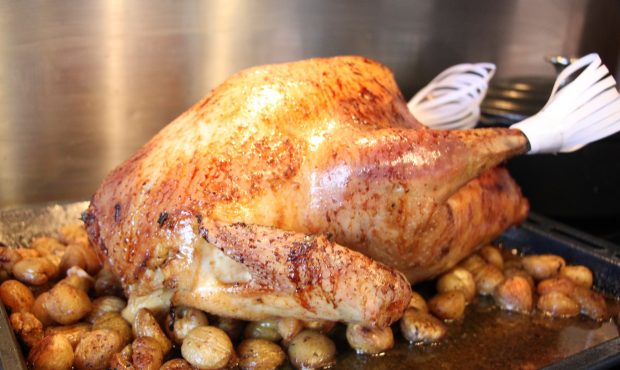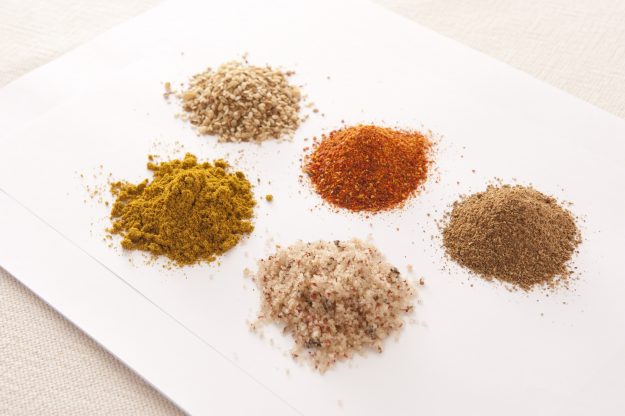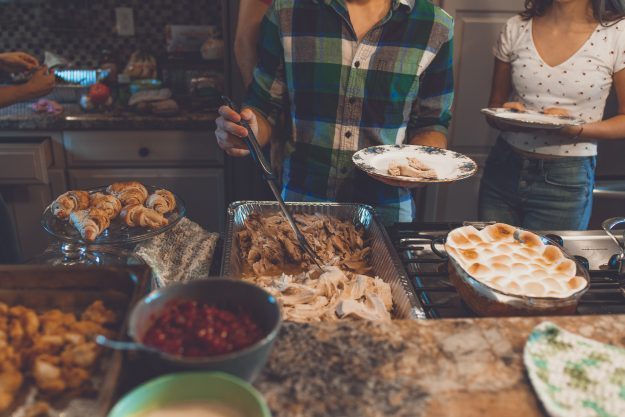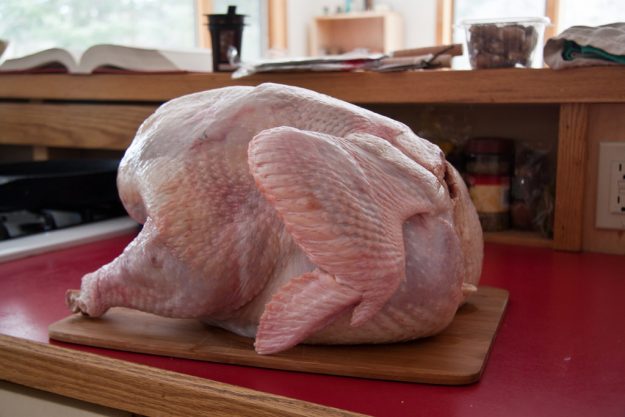Perfect Holiday Turkey: How You can Dry Brine and Cook a Perfect Holiday Turkey in just 3 Simple Steps
Dec 23, 2018, 11:50 AM | Updated: Jan 24, 2020, 3:36 pm

Photo: upsyacqs, Pixabay
 This article about dry brine turkey is presented by Orson Gygi. Family owned and operated since 1945, Orson Gygi is the West’s premier source for kitchen tools, supplies, and specialty foods. Visit them at Gygi.com.
This article about dry brine turkey is presented by Orson Gygi. Family owned and operated since 1945, Orson Gygi is the West’s premier source for kitchen tools, supplies, and specialty foods. Visit them at Gygi.com.
Dry Brine a Turkey
This holiday season getting that perfectly cooked turkey has to be at the top of your list. No Thanksgiving or Christmas would be complete without a perfectly cooked bird. A bird so perfectly cooked that it’s fall off the bone and so juicy that your family will be drooling. Most people say the best method is a brine for your turkey where you submerge it in a saltwater bath, but have you ever tried a dry brine for your turkey? Heather Smith and Candace Heward from Orson Gygi share how you can dry brine your turkey this year.
Step 1

Photo: PxHere via CC0
Remove the neck and giblets and keep them for making gravy. Rinse the turkey under cold water. Pat the entire bird as dry as you can get it, both outside and inside. Rub kosher salt all over the turkey again inside and out. You’ll want to use about 1 teaspoon for each pound of turkey. Slather it on to your bird on the top, the bottom, and under the skin. Pick the other spices you would like to use from a pre-made blend, or use the classic rosemary, thyme, and sage.
Step 2
Next, refrigerate the bird uncovered for at least 12 hours, but no more than 3 days. 2 days is the recommended duration.
Step 3

Photo: Craig Adderley, Pexels
When you are ready to cook, preheat your oven to 350°. Place the turkey breast side up, on a rack in a large roasting pan. Roast the turkey until an instant-read thermometer shows 165° and it’s done! Transfer turkey to a platter, cover it, and let it rest at least 30 minutes before carving. Lastly, unlike a regular brined bird, your dry brined turkey won’t absorb the excess water. So if you are a gravy lover, it is suggested to add an extra cup of stock to the pan so your drippings won’t burn.







